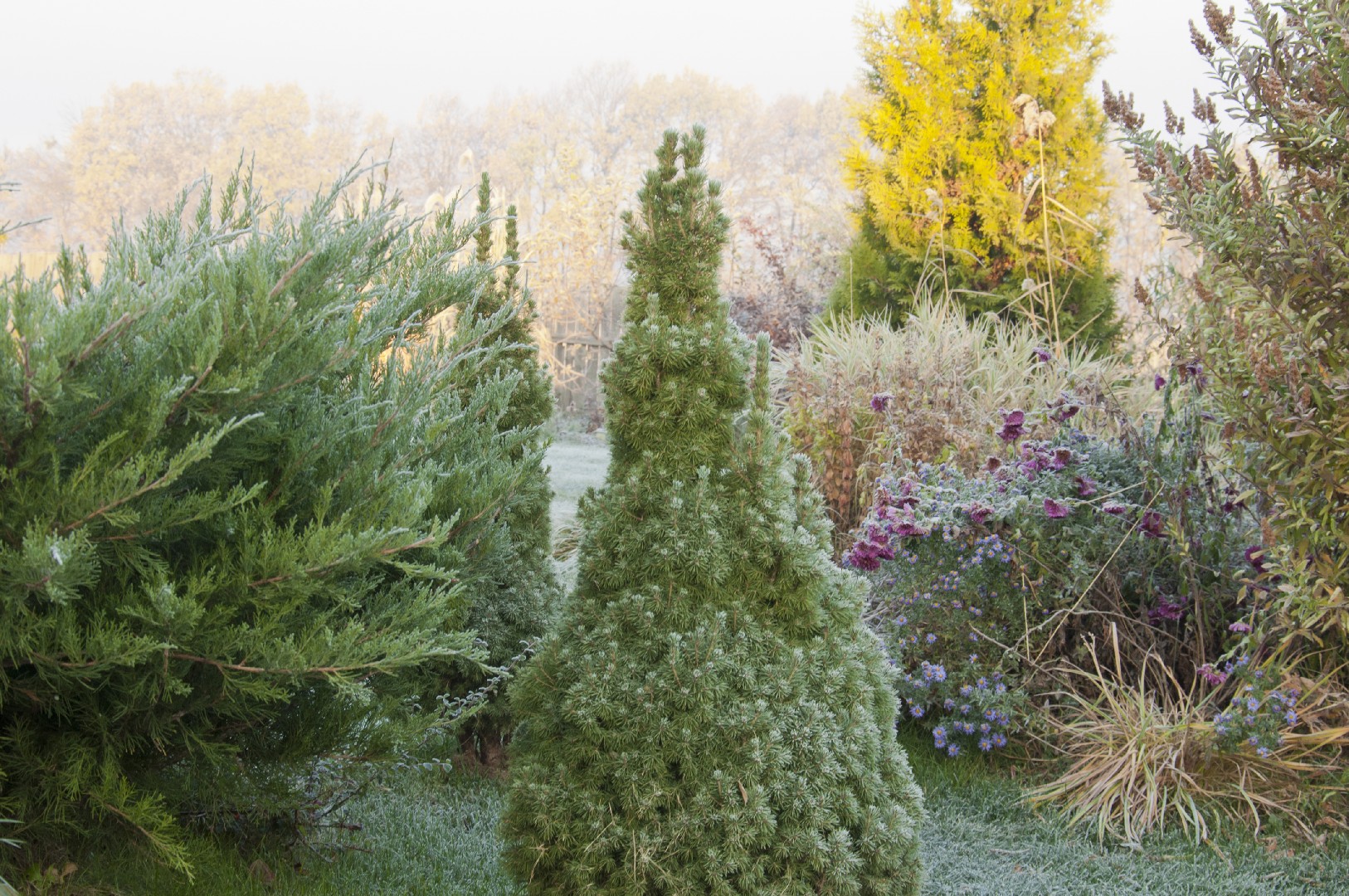![Rectangle]()
Types of Evergreen Plants: Exploring your Options for Winter Garden Design
When it comes to creating a winter evergreen garden, choosing the right types of plants is crucial. Not only do they add a splash of green amidst the snow, but they also provide structure, texture, color, and valuable cover for wildlife. Let's explore some of the options for winter garden design.
One popular choice for winter gardens is dwarf conifers. These compact evergreen plants are excellent for adding structure in small spaces. With their slow growth and small size, they can be easily incorporated into garden beds or containers. Dwarf conifers come in a variety of shapes, colors, and textures, making them versatile additions to any winter garden. Some popular varieties include the Blue Star Juniper, the Dwarf Alberta Spruce, and the Golden Mops Cypress.
Another option to consider is broadleaf evergreens. These plants, such as hollies and rhododendrons, add a touch of texture and color to your winter garden. Unlike conifers, broadleaf evergreens retain their leaves year-round, providing a constant source of visual interest. Hollies are especially popular for their glossy green leaves and vibrant red berries, which can add a pop of color to an otherwise monochromatic winter landscape.
In addition to structure and color, evergreen shrubs also offer the benefit of flowers or berries. Many varieties produce vibrant flowers during the winter months, providing a welcome burst of color. The winter-blooming camellias, for example, showcase beautiful flowers in shades of pink, red, and white. Other evergreen shrubs, such as the winterberry, produce berries that attract birds and other wildlife, enhancing the biodiversity of your winter garden.
To create a harmonious winter garden, consider mixing different types of evergreen plants. Combining dwarf conifers, broadleaf evergreens, and evergreen shrubs can create a visually interesting and dynamic landscape. Remember to consider the size, color, and growth habit of each plant to achieve a balanced design.
When planting evergreens in your winter garden, it's important to ensure they receive proper care. Provide adequate water and mulch to protect the plants from harsh winter conditions. Additionally, regular pruning will help maintain their shape and promote healthy growth.
By exploring the various types of evergreen plants and incorporating them into your winter garden design, you can create a beautiful and vibrant oasis in the midst of the snow. Not only will it provide a welcome burst of green, but it will also attract wildlife and add visual interest to your outdoor space. So don't let the winter blues get you down. Embrace the beauty of a winter evergreen garden and enjoy nature's resilience and beauty even in the coldest months of the year.





